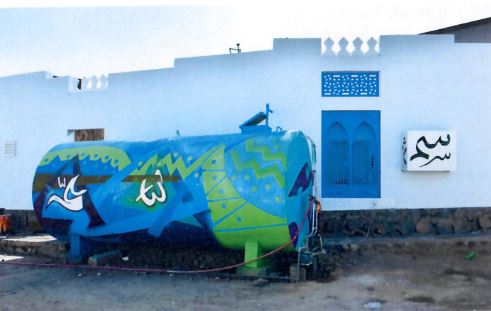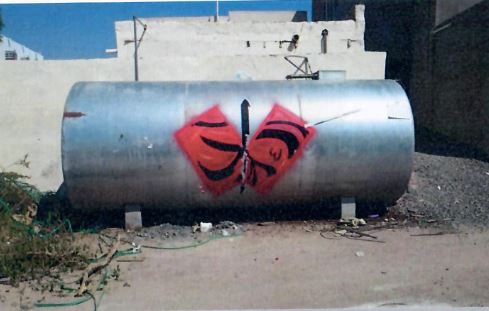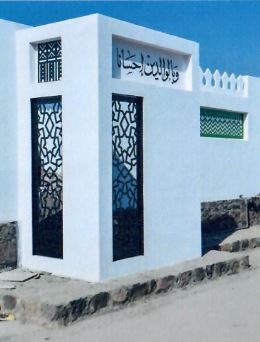The Hamra’ al-Asad Neighborhood Improvement Initiative in al-Madinah al-Munawarrah
. اضغط هنا للقراءة باللغة العربية
Graphic by Afnan Barqawi
April, 2017
The Hamra’ al-Asad neighborhood was built during the last twenty to thirty years in the southwestern area of al-Madina al-Munawarra (Medina) in Saudi Arabia, and is currently inhabited by around forty families of limited income. Before this initiative, the neighborhood was as an informal settlement characterized by low-quality buildings and infrastructure. The initiative, which was established by al-Madinah al-Munawarrah Governor Prince Faisal bin Salman, has aimed at developing and improving the neighborhood through a number of physical interventions that also serve to enhance its residents’ quality of life, and to build up a sense of belonging to the neighborhood and ownership of it among them.
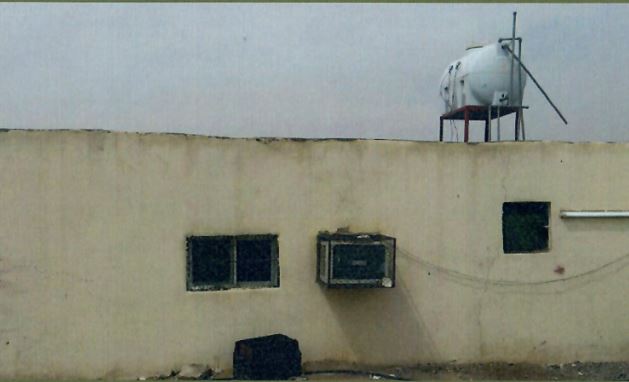
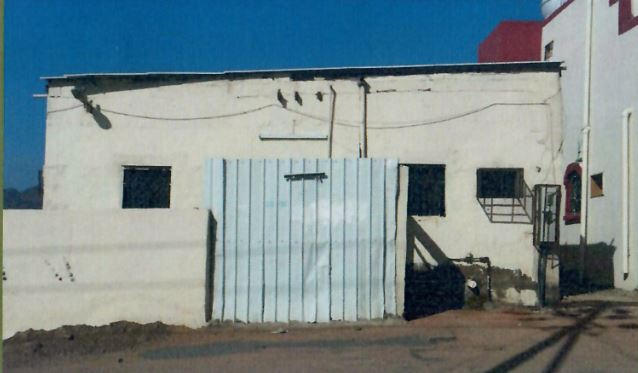

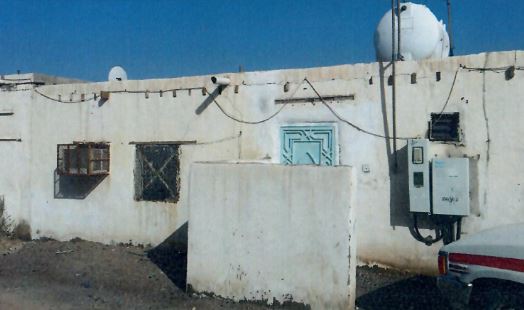
The initiative included carrying out several modifications to the neighborhood’s existing buildings, which consist of a mosque and a group of houses. These modifications included refurbishing the building facades to show the influence of traditional buildings in al-Madinah. The building façades were painted white, but their lowermost parts were sheathed with local al-Madinah stone, and a number of the windows were painted blue. Additionally, mashrabiyyas (windows covered with lattice woodwork) were used to cover a few of the windows, and locally-inspired crenellations were added to the tops of the buildings.
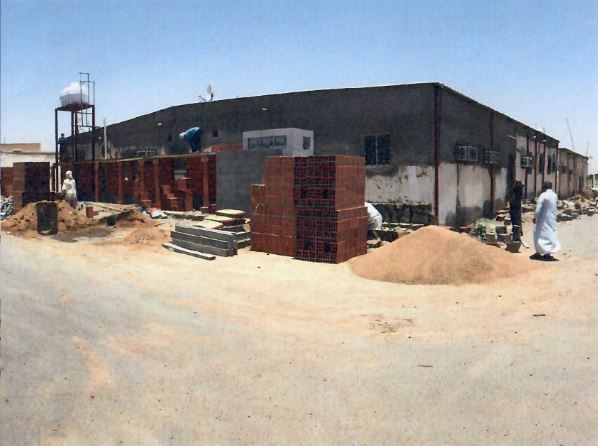
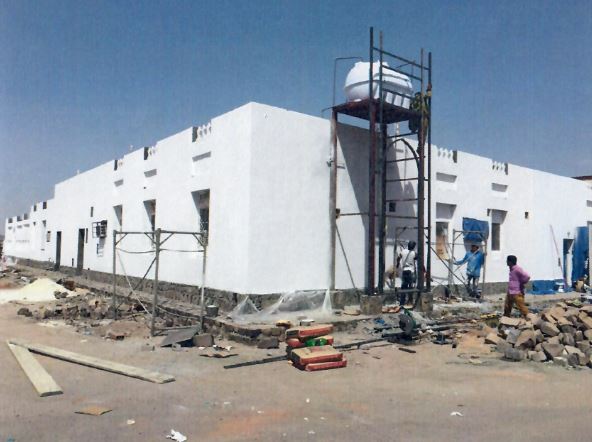
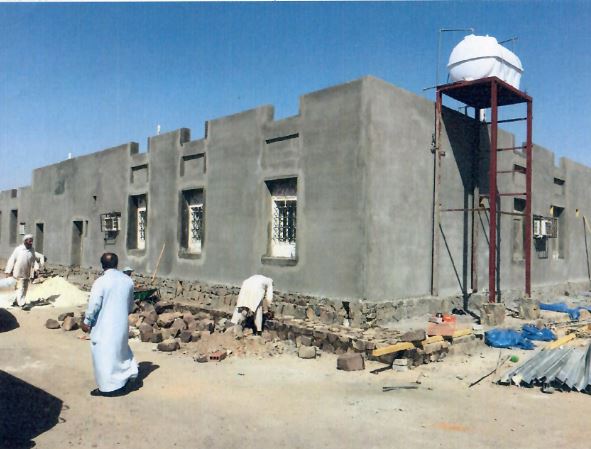


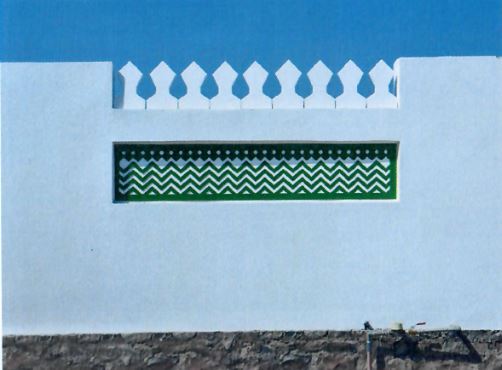
The initiative also engaged the talents of local artists (such as calligraphers Abd al ‘Aziz bin ‘Awwad al-Rashidi and Ayman Farid, and graphic artists Ayman bin Su’ud Hafidh and ‘Adil bin Salem Hasinun) to enhance the buildings’ facades through focusing on elements such as air conditioning units, entrances, and walls. Air conditioning units were covered in box-like enclosures that in turn were decorated with modern Arabic calligraphy. Entrances were upgraded by adding partition walls to them that provide privacy to the houses’ owners. These partitions also were articulated with prayers and sayings, as well as decorated screens. Moreover, the main building facades were decorated with small murals that feature geometric designs and calligraphy.

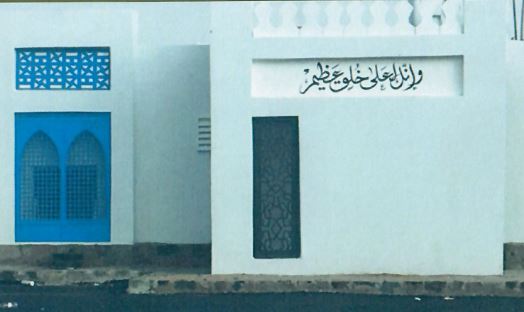
The changes were not limited to building facades. The participating artists also painted existing water tanks in the neighborhood with brightly-colored abstract patterns.
This initiative provides an exemplary and effective model for using affordable architectural and urban interventions that can have a strong impact on the character and identity of a given neighborhood, and that also provide its residents with a sense of ownership, belonging, and pride in it. This in turn encourages them to give added attention to caring for and maintaining it.
